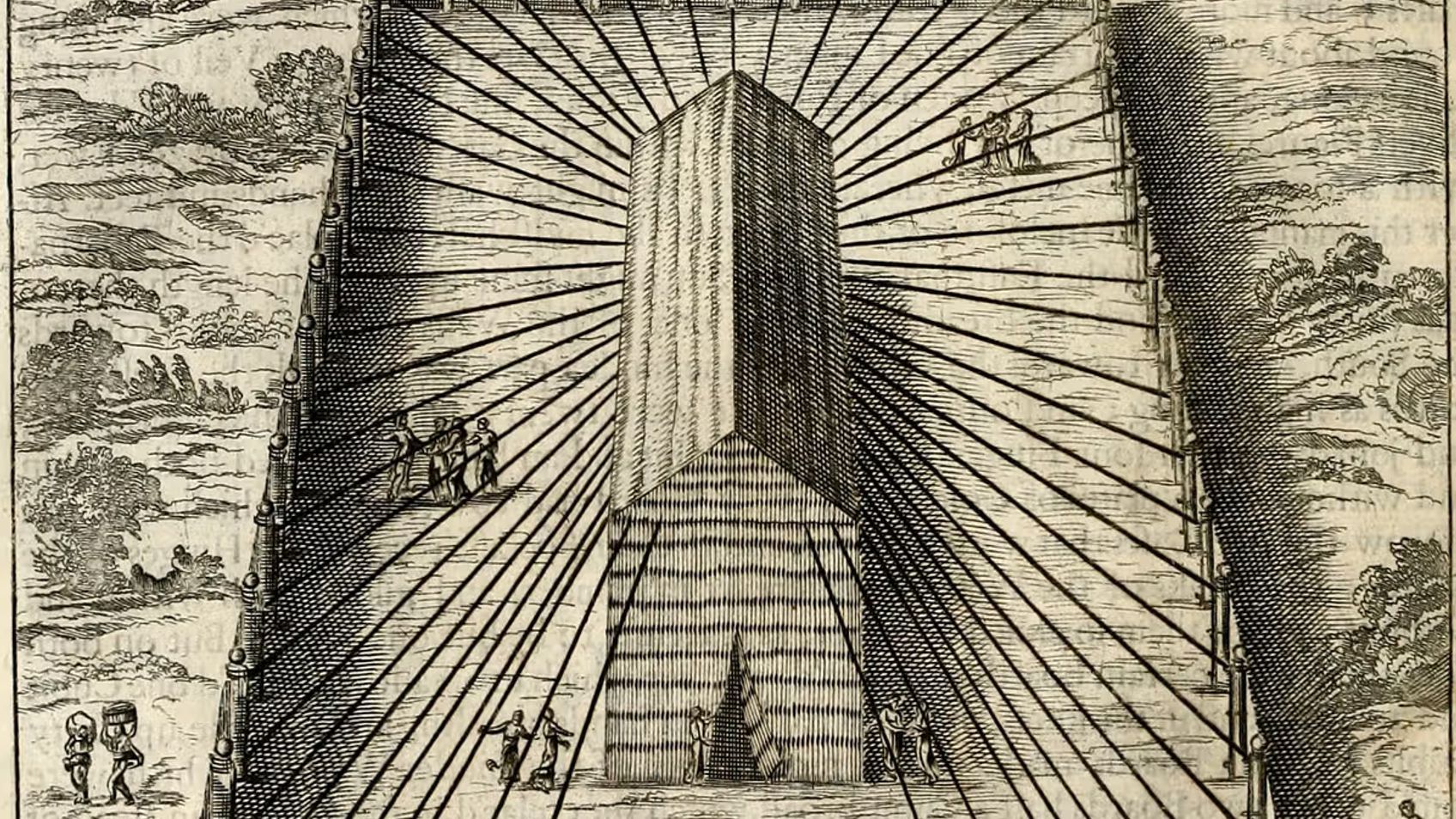Introduction

The TabernacleSteve Gregg
Exploring the intriguing concept of the Tabernacle, Steve Gregg dives into its significance as a representation of God's desired fellowship with mankind. He draws parallels between the tabernacle and biblical stories such as Adam and Eve, emphasizing God's love and pursuit of humanity. Comparisons to Moses, Paul, and John highlight their visionary experiences aligning with the tabernacle's pattern. Gregg delves into the symbolism of the Ark of the Covenant, the Holy Holies, and the layers of spiritual meaning embedded in this sacred structure. Conceptualizing the tabernacle as a teaching tool, Gregg connects its relevance to the Church as a foretaste of the future fulfillment in Christ.
More from The Tabernacle
2 of 10
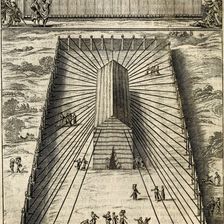
Next in this series
Ark and Mercy Seat
The Tabernacle
Ark and Mercy Seat by Steve Gregg delves into the significance of the Tabernacle and its connection to Jesus Christ, highlighting the Ark of the Coven
3 of 10

Showbread and Lampstand
The Tabernacle
Steve Gregg delves into the Tabernacle and its significance in the Christian walk. He highlights the intricacies of the Showbread and Lampstand, empha
Series by Steve Gregg
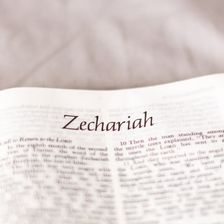
Zechariah
Steve Gregg provides a comprehensive guide to the book of Zechariah, exploring its historical context, prophecies, and symbolism through ten lectures.
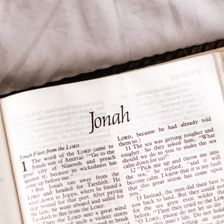
Jonah
Steve Gregg's lecture on the book of Jonah focuses on the historical context of Nineveh, where Jonah was sent to prophesy repentance. He emphasizes th
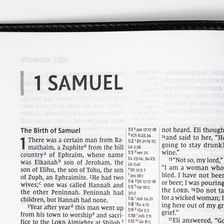
1 Samuel
In this 15-part series, Steve Gregg teaches verse by verse through the biblical book of 1 Samuel, examining the story of David's journey to becoming k
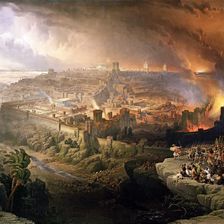
When Shall These Things Be?
In this 14-part series, Steve Gregg challenges commonly held beliefs within Evangelical Church on eschatology topics like the rapture, millennium, and
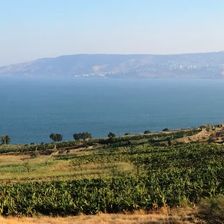
Sermon on the Mount
Steve Gregg's 14-part series on the Sermon on the Mount deepens the listener's understanding of the Beatitudes and other teachings in Matthew 5-7, emp

How Can I Know That I Am Really Saved?
In this four-part series, Steve Gregg explores the concept of salvation using 1 John as a template and emphasizes the importance of love, faith, godli
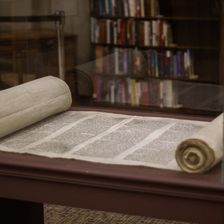
The Jewish Roots Movement
"The Jewish Roots Movement" by Steve Gregg is a six-part series that explores Paul's perspective on Torah observance, the distinction between Jewish a
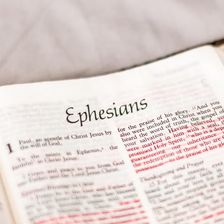
Ephesians
In this 10-part series, Steve Gregg provides verse by verse teachings and insights through the book of Ephesians, emphasizing themes such as submissio

Three Views of Hell
Steve Gregg discusses the three different views held by Christians about Hell: the traditional view, universalism, and annihilationism. He delves into
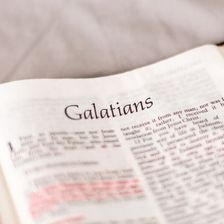
Galatians
In this six-part series, Steve Gregg provides verse-by-verse commentary on the book of Galatians, discussing topics such as true obedience, faith vers
More on OpenTheo

What Are Some Good Ways to Start a Conversation About God with Family Members?
#STRask
October 30, 2025
Questions about how to start a conversation about God with non-Christian family members, how to keep from becoming emotional when discussing faith iss

Should You Believe Things You Can’t Fully Comprehend?
#STRask
September 25, 2025
Questions about whether you should believe things you can’t fully comprehend, whether it’s just an arbitrary escape hatch to say God doesn’t require a

Why Does the Bible Teach You How to Be a Proper Slave Owner?
#STRask
November 13, 2025
Question about why it seems like the Bible teaches you how to be a proper slave owner rather than than saying, “Stop it. Give them freedom.”
* It s

Faith Journeys: Similar Road, Different Conclusions - A Licona Ehrman Discussion
Risen Jesus
September 24, 2025
On the Risen Jesus podcast today, Dr. Michael Licona and Dr. Bart Ehrman join Justin Brierly on his Unbelievable podcast to discuss their faith journe

Why Would Any Rational Person Have to Use Any Religious Book?
#STRask
December 8, 2025
Questions about why any rational person would have to use any religious book, whether apologetics would be redundant if there were actually a good, un

How Would You Convince Someone That Evil Exists?
#STRask
November 17, 2025
Questions about how to convince someone that evil exists, whether Charlie Kirk’s murder was part of God’s plan, whether that would mean the murderer d

Is 1 Corinthians 12:3 a Black-and-White Tool for Discernment?
#STRask
October 27, 2025
Questions about whether the claim in 1 Corinthians that “no one can say ‘Jesus is Lord’ except in the Holy Spirit” is a black-and-white tool for disce
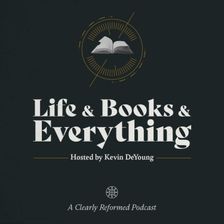
Conservatism and Religious Freedom with John Wilsey
Life and Books and Everything
October 27, 2025
What is conservatism? And why does it go hand in hand with religious freedom? How should we think about the American experiment of ordered liberty? Ha

The Golden Thread of the Western Tradition with Allen Guelzo
Life and Books and Everything
October 6, 2025
Dr. Guelzo is back once again for another record setting appearance on LBE. Although he just moved across the country, Allen still made time to talk t

Can You Provide Verifiable, Non-Religious Evidence That a Supernatural Jesus Existed?
#STRask
November 10, 2025
Question about providing verifiable, non-religious evidence that a supernatural Jesus existed.
* I am an atheist and militantly anti-god-belief. Ho

John Thomson and the Shaping of American Presbyterianism with Stephen A. Fix
Life and Books and Everything
September 29, 2025
If you are looking for a deep dive into the history of early American Presbyterianism, you have come to the right place! Listen in as Kevin talks with

Do Christians Need to Believe that Jesus was Raised Bodily from the Dead? Licona vs. Patterson
Risen Jesus
October 15, 2025
In this episode, Dr. Stephen Patterson, New Testament professor at Eden Theological Seminary, argues against the bodily resurrection of Jesus, contend

When I Can’t Stop Thinking About Something, Is That God Speaking?
#STRask
December 1, 2025
Questions about whether having a recurring thought is an indication God is speaking to you, what to say to someone who says they sinned because “God t

The Resurrection Standoff: Licona vs. Ehrman on the Unbelievable Podcast
Risen Jesus
October 22, 2025
This episode is taken from the Unbelievable podcast with Justin Brierly in 2011 when Dr. Bart Ehrman and Dr. Michael Licona address the question: Is t

Did God Create Us So He Wouldn’t Be Alone?
#STRask
November 3, 2025
Questions about whether God created us so he wouldn’t be alone, what he had before us, and a comparison between the Muslim view of God and the Christi
